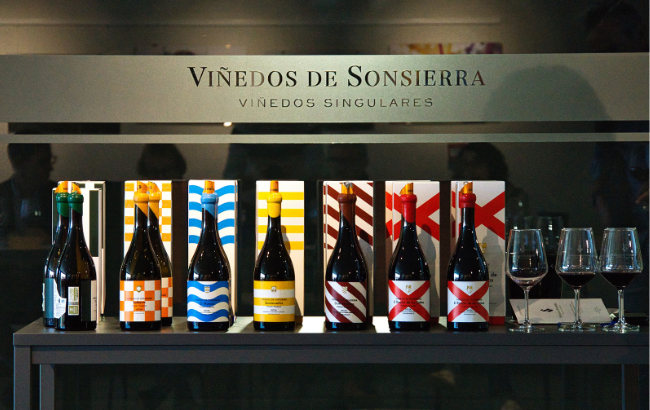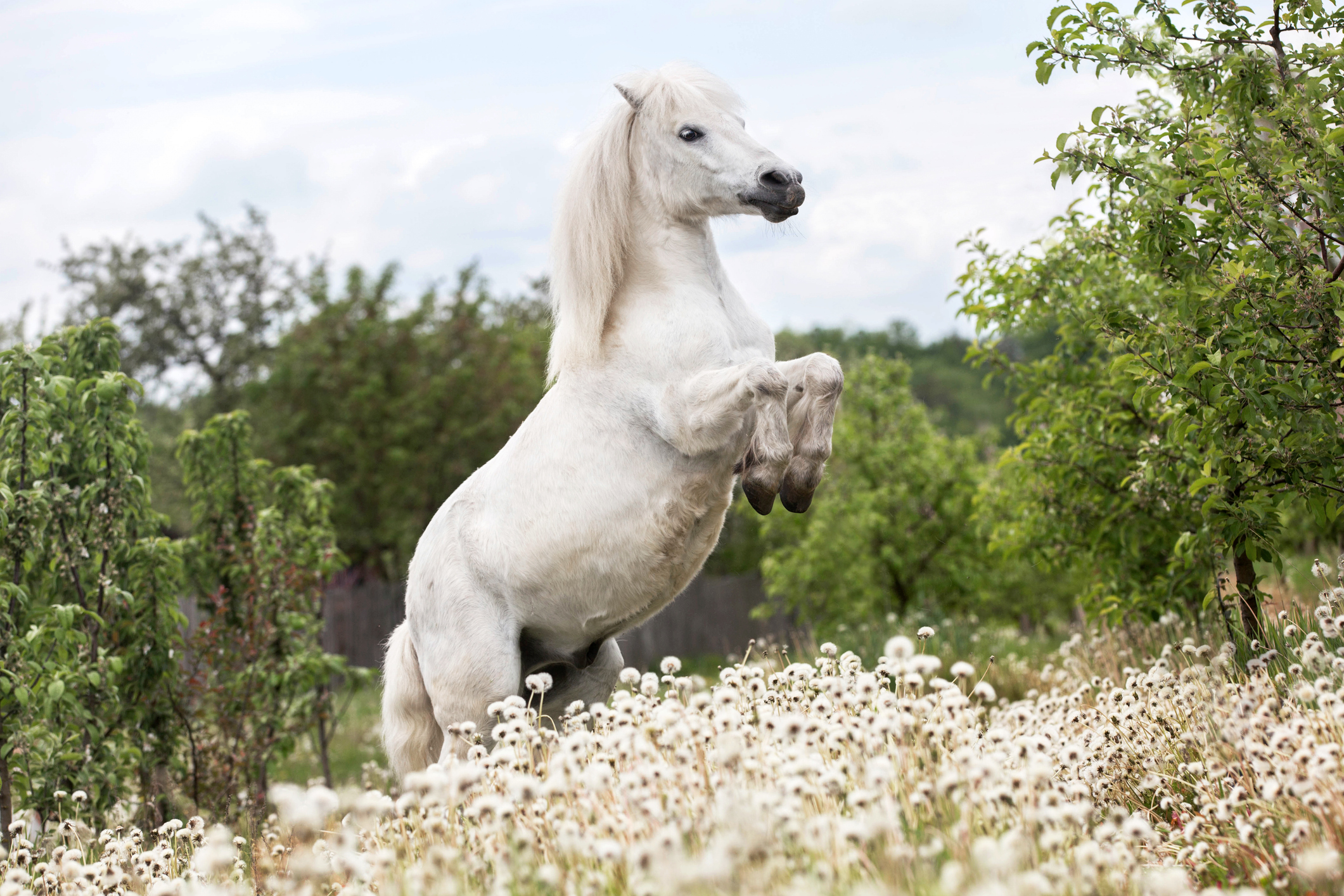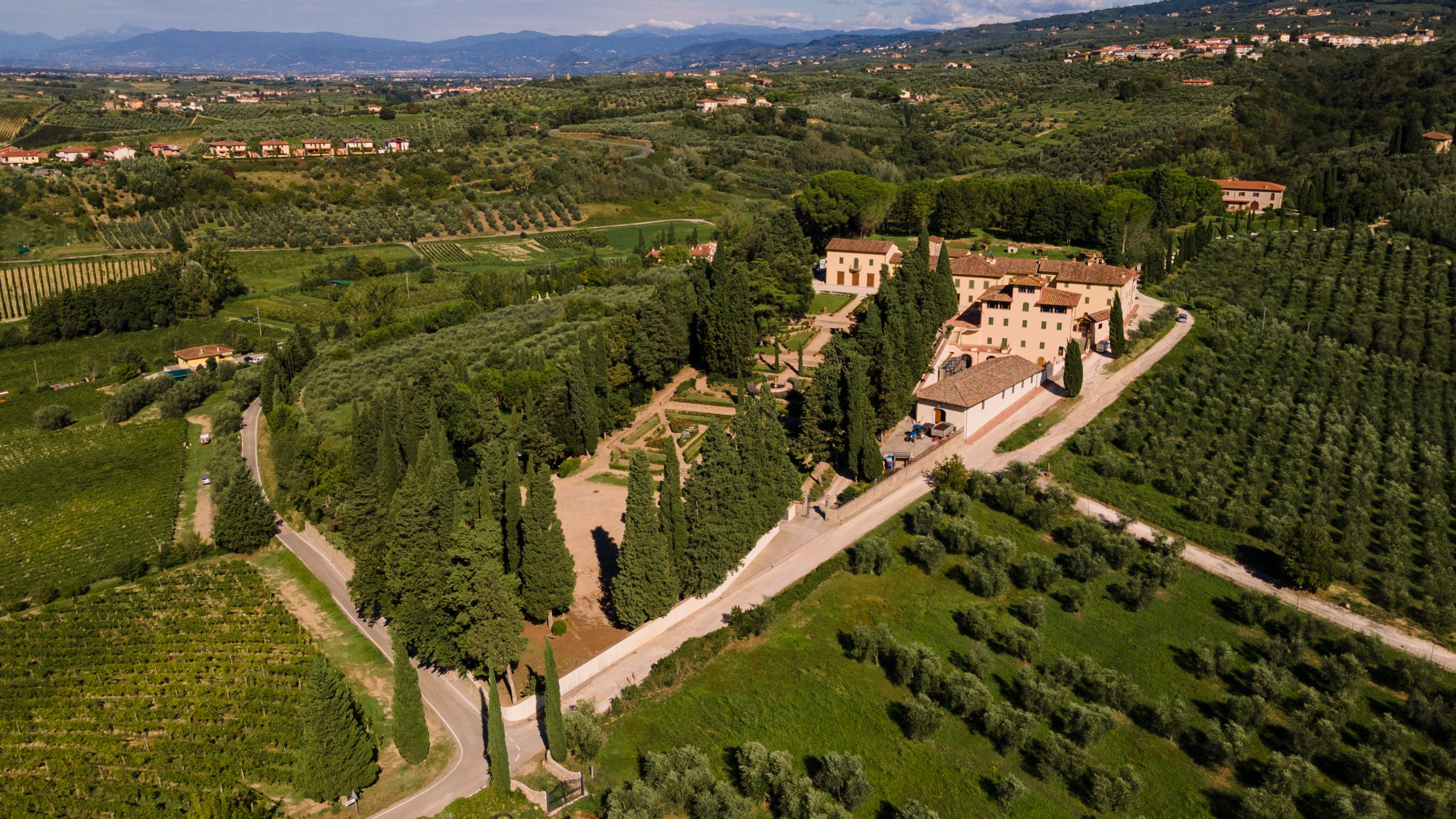Michel Rolland: ‘Blending is my cardio’
By Patrick Schmitt“Blending is my cardio; it is my life,” said top wine consultant Michel Rolland during an online masterclass last year in which he and others considered ‘why blending matters’.
 The webinar, which was hosted by VP for education at The SOMM Journal, Lars Leicht, featured Rolland and two California-based winemakers speaking about the role of blending in the winemaking process to create wines with complexity at a range of scales.
The webinar, which was hosted by VP for education at The SOMM Journal, Lars Leicht, featured Rolland and two California-based winemakers speaking about the role of blending in the winemaking process to create wines with complexity at a range of scales.
Beginning the discussion, Rolland joked that blending was his “cardio”, before stressing the vital role of blending in winemaking by stating that one of the reasons wine quality is so high today, is because “we have a lot of very good blenders – we live in a golden age of blending”.
He then reminded listeners that blending does not just refer to the amalgamation of wines made from different grape varieties, but takes place with single varietal wines too, when the winemaking will mix wines from different plots.
“I’m from Pomerol, where very often Merlot is alone in the bottle, but we are blending different parcels and different ages of vines, and soils with clay, sand or whatever, and that’s a sort of blend,” he said.
As for the aim of blending, for Rolland, it should be to make a wine, whatever the target market, that relates to its source area.
“You have to make wine that reflects its origins,” he said.
Also taking part in the discussion was James MacPhail, winemaker for The Calling, a producer of Sonoma County Pinot Noir and Chardonnay, along with Glenn Hugo who crafts the blends for Girard Winery in Napa Valley.
MacPhail commented that while blending is strongly associated with practices in the winery, it in fact “starts with the vineyards,” as he maps out his Pinot Noir blend according to specific vineyard plots, aware of the style of wine they are likely to produce.
“For me, Pinot Noir is all about the layers,” he said, adding that wines from this grape should be “stimulating” and “evoke emotion” which, to achieve, he said require him to blend from a range of sites.
To build in these “layers”, he chooses Pinot Noir from cooler parts of the Russian River Valley, such as the Green Valley, to bring in “brighter red fruits” as well as from warmer sites for richer, more textural characteristics.
Adding further to his “palette” of “different flavours and aromas are different clonal selections of Pinot Noir within the same vineyard”, as well as a range of picking times for varying ripeness levels.
Summing up, he said that there was a “thought process” concerning the desired characteristics for the final wine that was connected to the plants in the ground. “People think that blending begins with 100 glasses round a table, and then adding a bit of this and that, but it starts with the vineyard selection,” he stated.
He also made it clear that his approach was to “go into this with a goal, not a style, to make the best wine that echoes the variety – so, if I’m doing Pinot Noir, then it should scream Pinot Noir – and be food-friendly and balanced.”
For Hugo, the question of balance when it comes to blending is key. “We are looking at the balance of fruit, acidity, and tannin, with oak as a backup,” he said.
To do this, “We are sourcing Cabernet from almost every sub appellation in Napa… using sub AVAs with specific characteristics, and thinking about how it will come together,” he added, before commenting that this sourcing changes according to the vintage conditions too.
Hugo is also blending grapes for a wine called ‘Artistry’, which sees Cabernet mixed with “small amounts” of Merlot, Malbec, Cabernet Franc and Petit Verdot – referring to the latter as “the little guy who speaks softly but carries a big stick”.
Continuing on the subject of blending grapes, he said, “Malbec is what we call a donut hole filler because it adds complexity in the mid-palate, while Petit Verdot brings blue fruit and floral notes, as well as structure and texture to the wine.”
But beyond sourcing and varietal mixing, there are further elements to building complexity into a wine, with one key element being the influence of oak barrels.
MacPhail said, “I want barrels produced specifically for Pinot Noir, so not more than medium toast, and water or steam bent, rather than fire bent, but if I put a wine from the same vineyard into six different coopers with the same toast level, I will have six different wines – it’s one more component to winemaking that gives those layers.”
Further opportunities for adding interest relate to using wines from older or younger vintages or areas beyond the dominant wine region.
Hugo explained, “We can use 5% of wine from out of the vintage, and so we can use something younger to give freshness to something that’s been in barrel for one year or two.”
Partner Content
Continuing he said, “We can use 15% out of the appellation in California, and that 15% can have a tremendous impact on style and quality, adding texture, complexity, tannin structure or acidity – both appellation and vintage are a huge part of our tool box we have to play with.”
For Rolland, who founded Clos de los Siete in Argentina’s Uco Valley 25 years ago, blending can be done on a large scale to create a wine of great quality.
Recording that Clos de los Siete is a one-million bottle blend, he said that it combines 55% Malbec with Merlot, Cabernet Sauvignon, Syrah, Petit Verdot and Cabernet Franc from four wineries using grapes from an 850ha ‘estate’ in the foothills of the Andes.
Rolland tastes the potential components of the red blend four times each year with the four winemakers at each of the wineries, before creating a final blend, which he says, “is always better than the base wines from each of the wineries”.
“That’s the magical thing of blending,” he says, before noting that the key is “finding the right synergy”, which does not mean “taking the best and blending the best to make the best”, commenting that, “Sometimes it’s not the best wine that makes a very good synergy.”
As for the issue of scale, he noted, “It’s a big blend, but it would be the same amount of work if the volumes were smaller.”
Rolland was then asked about his influence on style as the world’s first ‘flying winemaker’.
“I never look for a style,” he said, “I’m looking for the best wine in the location where I am.”
Continuing, he stressed the market requirements too. “I’ve done wines for $4 on the shelf and I’ve done wine at $1,200 ex-cellar, so obviously it’s not about my signature, but the best you can do for the place, and to be as successful as possible.”
He later added, “The wine needs to correspond to the positioning on the shelf, the positioning in the market, and the positioning for the wine journalists – we don’t understand them all the time, but that’s not a problem, they are in the game and we are playing with that.”
He then said, “I can’t say if I have a style, I don’t know, and I hope not – I’ve done wine in China, India, Argentina, Napa, and Bordeaux obviously, and I have my taste, but my taste is to look for the wine in the region where it is from.
“When I taste Napa Cabernet it is definitely not Pauillac or somewhere else, or Cabernet in Italy, which is completely different; I am not making the style – that is coming from the soil and the location where we are,” he concluded.
Finally, when asked about climate change, and its influence on blending wine around the world, Rolland said that warming temperatures had, so far at least, benefitted wine.
“Today, I consider that climate change has helped us, mostly in Bordeaux but also all over the world because we are making very good wines in the last 20 years – we do more good wines in the last 20 years than we did in the last century, and I think it is coming from global warming,” he said.
“We can pick ripe grapes in good conditions, which means we have good grapes, so we are making good wines – and today we are not changing our behaviour in terms of blending.”
However, he added, “We have one problem with that: almost every year we have the alcohol level going up and we don’t know yet really how to slow down this evolution.
“It’s not a huge problem, but it’s a problem and certainly will be in the future, because I don’t think we come back to where we were – every year we have a little bit more dryness, a little bit more sugar, so the main problem is coming… Certainly global warming will complicate our life.”
Meanwhile, for MacPhail in California’s Russian River Valley, such warming is already making its mark in a more challenging way. “Pinot Noir needs sun to ripen and mature, but it does not like the heat, so we look at specific areas where it thrives, which are cooler areas of the appellation… however, with global warming, the speed at which grapes are ripening means we are harvesting vineyards in September that historically I would have picked in October.”
Continuing he said, “I’ve seen this for five to six years now, and we are living and learning; we are in California, and we are going to get ripeness, but it is about managing it.”
Finally, Hugo drew attention to a current threat for those in California, and certain other parts of the wine world. Commenting firstly that increasingly quick ripening was “seeing the Brix [sugar levels] jump but the acidity isn’t balanced in the fruit,” he then mentioned that waiting longer for acids and phenolics to reach a desired level posed a major risk to the harvest.
“I might be thinking I’d like to see the grapes sit out there longer, but the longer I wait, the greater the risk of weather that could be detrimental: in Napa and Sonoma, fires are always in the back of your mind… knock on wood there have been no major issues this year, but it is pushing us to make decisions we would have looked at differently in the past.”
Related news
De Bortoli reveals new take on Rutherglen Muscat




